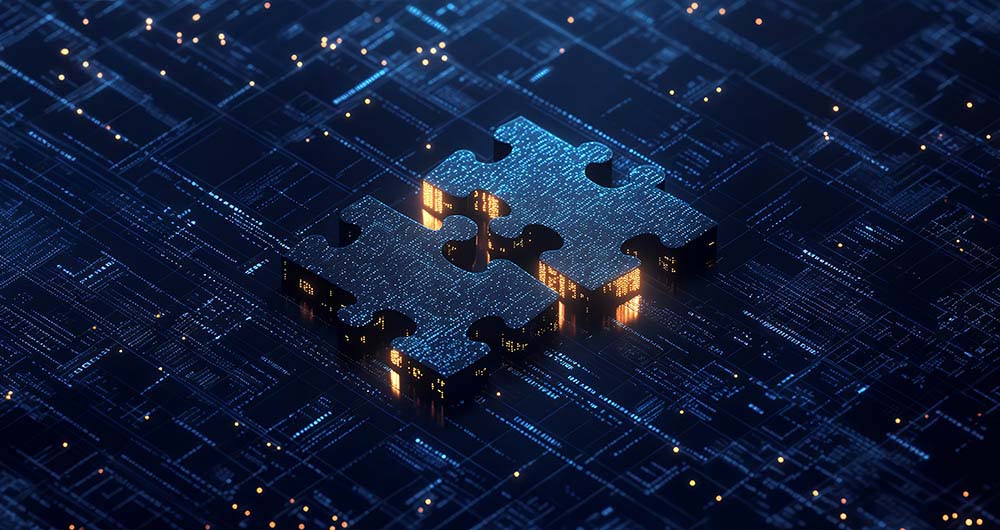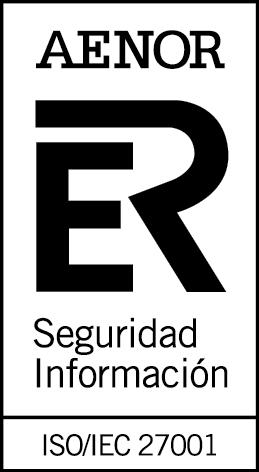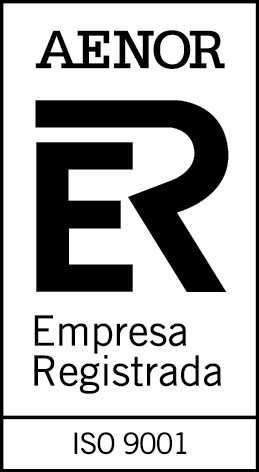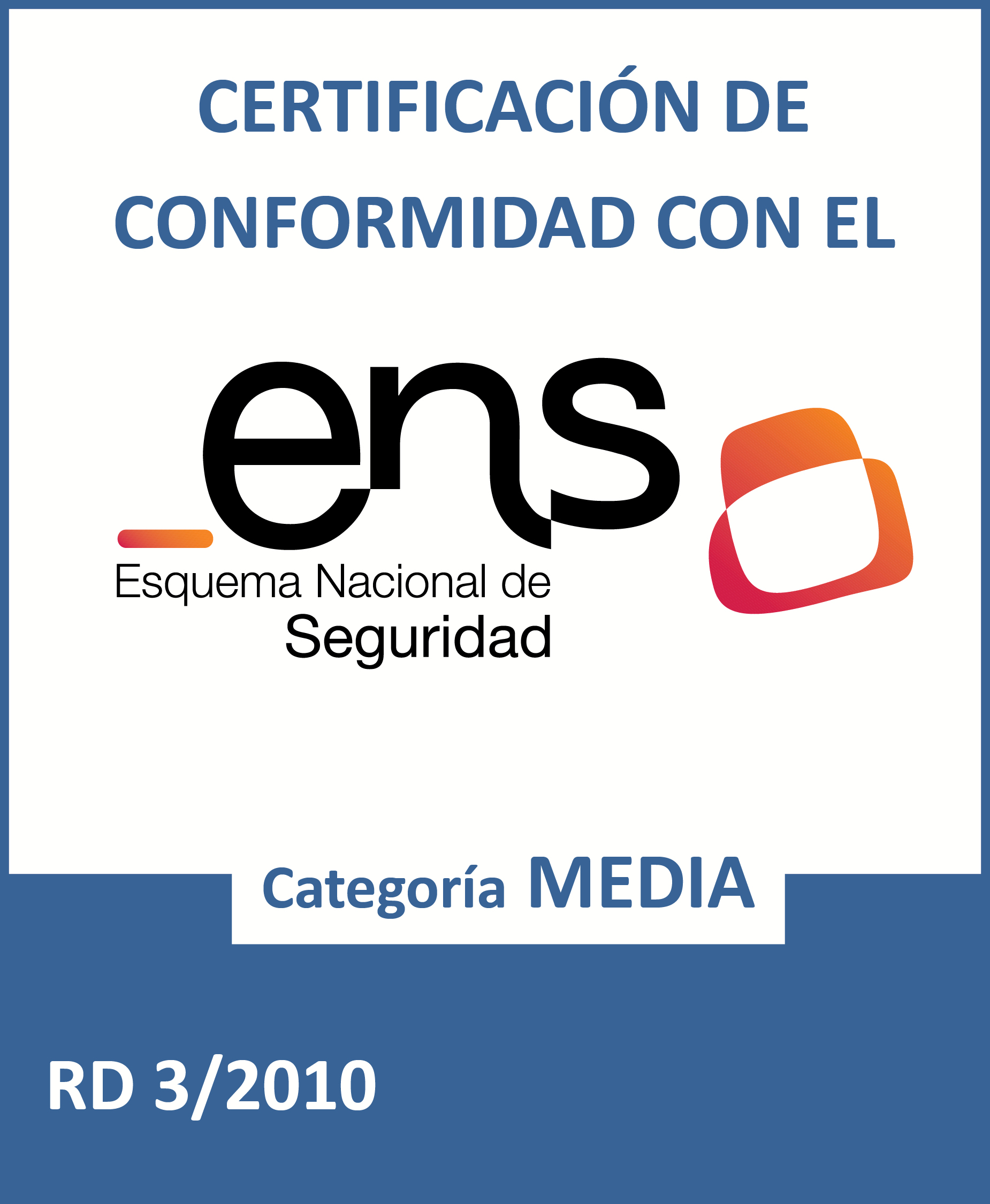This is how the EU Open Data Days 2025, the European leading open data event, went
Fecha de la noticia: 28-03-2025

Once again this year, the European Commission organised the EU Open Data Day, one of the world's leading open data and innovation events. On 19-20 March, the European Convention Centre in Luxembourg brings together experts, government officials and academics to share knowledge, experience and progress on open data in Europe.
During these two intense days, which also could be followed online explored crucial topics such as governance, quality, interoperability and the impact of artificial intelligence (AI) on open data. This event has become an essential forum for fostering the development of policies and practices that promote transparency and data-driven innovation across the European Union. In this post, we review each of the presentations at the event.
Openness and data history
To begin with, the Director General of the European Union Publications Office, Hilde Hardeman, opened the event by welcoming the attendees and setting the tone for the discussions to follow. Helena Korjonen and Emma Schymanski, two experts from the University of Luxembourg, then presented a retrospective entitled "A data journey: from darkness to enlightenment", exploring the evolution of data storage and sharing over 18,000 years. From cave paintings to modern servers, this historical journey highlighted how many of today's open data challenges, such as ownership, preservation and accessibility, have deep roots in human history.
This was followed by a presentation by Slava Jankin, Professor at the Centre for AI in Government at the University of Birmingham, on AI-driven digital twins and open data to create dynamic simulations of governance systems, which allow policymakers to test reforms and predict outcomes before implementing them.
Use cases between open data and AI
On the other hand, several use cases were also presented, such as Lithuania's practical experience in the comprehensive cataloguing of public data. Milda Aksamitauskas of the University of Wisconsin, addressed the governance challenges and communication strategies employed in the project and presented lessons on how other countries could adapt similar methods to improve transparency and data-driven decision-making.
In relation, scientific coordinator Bastiaan van Loenen presented the findings of the project he is working on, ODECO of Horizon 2020, focusing on the creation of sustainable open data ecosystems. As van Loenen explained, the research, which has been conducted over four years by 15 researchers, has explored user needs and governance structures for seven different groups, highlighting how circular, inclusive and skills-based approaches can provide economic and social value to open data ecosystems.
In addition, artificial intelligence was at the forefront throughout the event. Assistant Professor Anastasija Nikiforova from the University of Tartu offered a revealing insight into how artificial intelligence can transform government open data ecosystems. In his presentation, "Data for AI or AI for data" he explored eight different roles that AI can play. For example, AI can serve as a open data portal 'cleanser' and even retrieve data from the ecosystem, providing valuable insights for policymakers and researchers on how to effectively leverage AI in open data initiatives.
Also using AI-powered tools, we find the EU Open Research Repository launched by Zenodo in 2024, an open science initiative that provides a tailored research repository for EU research funding recipients. Lars Holm Nielsen's presentation dhighlighted how AI-driven tools and high-quality open datasets reduce the cost and effort of data cleaning, while ensuring adherence to the FAIR principles.
The day continued with a speech by Maroš Šefčovič, European Commissioner for Trade and Economic Security, Inter-institutional Relations and Transparency, who underlined the European Commission's commitment to open data as a key pillar for transparency and innovation in the European Union.
Interoperability and data quality
After a break, Georges Lobo and Pavlina Fragkou, programme and project coordinator of SEMIC respectively, explained how the Semantic Interoperability Centre Europe (SEMIC) improves interoperable data exchange in Europe through theData Catalogue Vocabulary Application Profile (DCAT-AP) and Linked Data Event Streams (LDES). His presentation highlighted how these standards facilitate the efficient publication and consumption of data, with case studies such as the Rijksmuseum and the European Union Railway Agency demonstrating their value in fostering interoperable and sustainable data ecosystems.
Barbara Šlibar from the University of Zagreb then provided a detailed analysis of metadata quality in European open datasets, revealing significant disparities in five key dimensions. His study, based on random samples from data.europa.eu, underlined the importance of improving metadata practices and raising awareness among stakeholders to improve the usability and value of open data in Europe.
Then, Bianca Sammer, from Bavarian Agency for Digital Affairs shared her experience creating Germany's open data portal in just one year. His presentation "Unlocking the Potential" highlighted innovative solutions to overcome challenges in open data management. For example, they achieved an automated improvement of metadata quality, a reusable open source infrastructure and participation strategies for public administrations and users.
Open data today and on the horizon
The second day started with interventions by Rafał Rosiński, Undersecretary of State at the Ministry of Digital Affairs of Poland, who presented the Polish Presidency's perspective on open data and digital transformation, and Roberto Viola, Director General of the European Commission's Directorate-General for Communication Networks, Content and Technology, who spoke about the European path to digital innovation.
After the presentation of the day, the presentations on use cases and innovative proposals in open databegan. First, Stefaan Verhulst, co-founder of the New York governance lab GovLab, dubbed the historic moment we are living through as the "fourth wave of open data" characterised by the integration of generative artificial intelligence with open data to address social challenges.. His presentation raised crucial questions about how AI-based conversational interfaces can improve accessibility, what it means for open data to be "AI-ready" and how to build sustainable data-driven solutions that balance openness and trust.
Christos Ellinides, Director General for Translation at the European Commission, then highlighted the importance of language data for AI on the continent. With 25 years of data spanning multiple languages and the expertise to develop multilingual services based on artificial intelligence, the Commission is at the forefront in the field of linguistic data spaces and in the use of European high-performance computing infrastructures to exploit data and AI.
Open data re-use use cases
Reuse brings multiple benefits. Kjersti Steien, from the Norwegian digitisation agency, presented Norway's national data portal, data.norge.no, which employs an AI-powered search engine to improve data discoverability. Using Google Vertex, the engine allows users to find relevant datasets without needing to know the exact terms used by data providers, demonstrating how AI can improve data reuse and adapt to emerging language models.
Beyond Norway, use cases from other cities and countries were also discussed. Sam Hawkins, Ember's UK Data Programme Manager, underlined the importance of open energy data in advancing the clean energy transition and ensuring system flexibility.
Another case was presented by Marika Eik from the University of Estonia, which leverages urban data and cross-sector collaboration to improve sustainability and community impact. His session examined a city-level approach to sustainability metrics and CO2 footprint calculations, drawing on data from municipalities, real estate operators, research institutions and mobility analysts to provide replicable models for improving environmental responsibility.
Raphaël Kergueno of Transparency International EU explained how Integrity Watch EU leverages open data to improve transparency and accountability in the Union. This initiative re-uses datasets such as the EU Transparency Register and the European Commission's meeting records to increase public awareness of lobbying activities and improve legislative oversight, demonstrating the potential of open data to strengthen democratic governance.
Also, Kate Larkin of the European Marine Observatory, presented the European Marine Observation and Data Network, highlighting how pan-European marine data services, which adhere to the FAIR principles contribute to initiatives such as the European Green Pact, maritime spatial planning and the blue economy. His presentation showed practical use cases demonstrating the integration of marine data into wider data ecosystems such as the European Digital Twin Ocean.
Data visualisation and communication
In addition to use cases, the EU Open Data Days 2025 highlighted data visualisation as a mechanism to bring open data to the people. In this vein, Antonio Moneo, CEO of Tangible Data, explored how transforming complex datasets into physical sculptures fosters data literacy and community engagement.
On the other hand, Jan Willem Tulp, founder of TULP interactive, examined how visual design influences the perception of data. His session explored how design elements such as colour, scale and focus can shape narratives and potentially introduce bias, highlighting the responsibilities of data visualisers to maintain transparency while crafting compelling visual narratives.
Education and data literacy
Davide Taibi, researcher at the Italian National Research Council, shared experiences on the integration of data literacy and AI in educational pathways, based on EU-funded projects such as DATALIT, DEDALUS and SMERALD. These initiatives piloted digitally enhanced learning modules in higher education, secondary schools and vocational training in several EU Member States, focusing on competence-oriented approaches and IT-based learning systems.
Nadieh Bremer, founder of Visual Cinnamon, explored how creative approaches to data visualisation can reveal the intricate bonds between people, cultures and concepts. Examples included a family tree of 3,000 European royals, relationships in UNESCO's Intangible Cultural Heritage and cross-cultural constellations in the night sky, demonstrating how iterative design processes can uncover hidden patterns in complex networks.
Digital artist Andreas Refsgaard closed the presentations with a reflection on the intersection of generative AI, art and data science. Through artistic and engaging examples, he invited the audience to reflect on the vast potential and ethical dilemmas arising from the growing influence of digital technologies in our daily lives.
In summary, the EU Open Data Day 2025 has once again demonstrated the importance of these meetings in driving the evolution of the open data ecosystem in Europe. The discussions, presentations and case studies shared during these two days have highlighted not only the progress made, but also the remaining challenges and emerging opportunities. In a context where artificial intelligence, sustainability and citizen participation are transforming the way we use and value data, events like this one are essential to foster collaboration, share knowledge and develop strategies that maximise the social and economic value of open data. The continued engagement of European institutions, national governments, academia and civil society will be essential to build a more robust, accessible and impactful open data ecosystem that responds to the challenges of the 21st century and contributes to the well-being of all European citizens.
You can return to the recordings of each lecture here.














